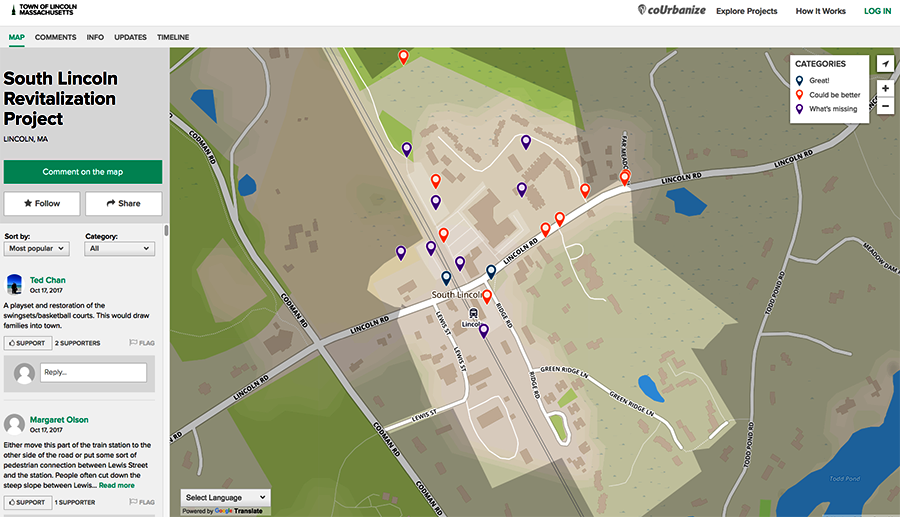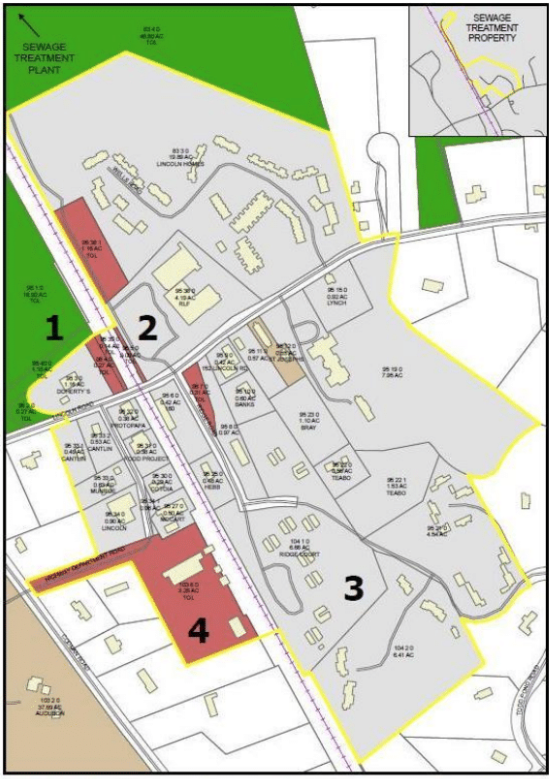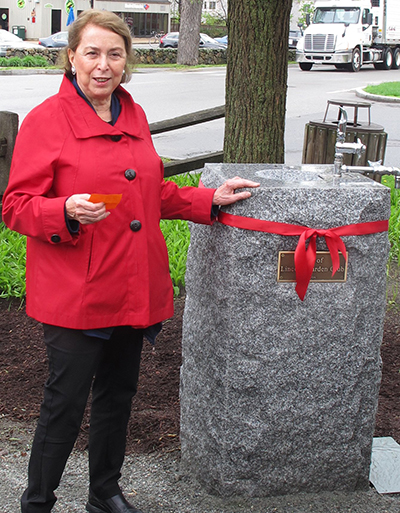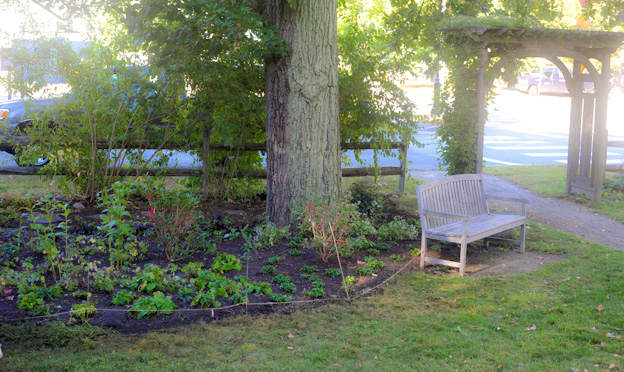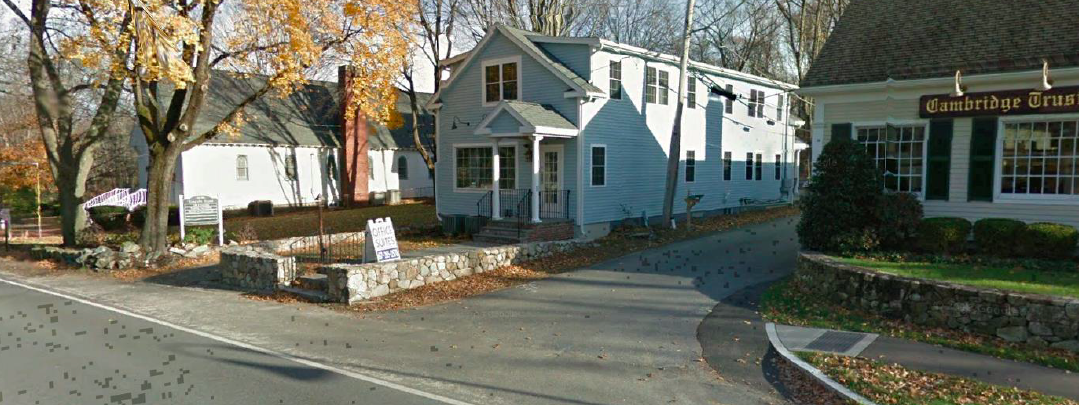
A new sidewalk will appear in coming weeks between the Cambridge Trust Co. building and St. Joseph’s Church.
Now that the weather is finally improving, a new sidewalk will soon be installed across from the Bank of America in South Lincoln, which pedestrians in the area have been requesting for years.
The sidewalk, which was removed during a road construction project eight years years ago and never replaced, is one of the projects funded by a $400,000 Complete Streets grant the town received last fall in an effort spearheaded by Director of Planning and Land Use Jennifer Burney and the South Lincoln Planning Implementation Committee (SLPIC).
The package of projects, which Burney said should be completed by September 2018, also includes informational kiosks, safety improvements to the intersection of Route 117 and Lincoln Road, wayfinding signs, and repairs to some sidewalks and roadside paths.
The South Lincoln Revitalization Project includes several SLPIC working teams that are looking at wayfinding, planning and zoning, the Department of Public Works site on Lewis Street, the MBTA station, and the green on the east side of the mall between Donelan’s and Lincoln Woods. The goals are outlined in this presentation made at the State of the Town meeting in November 2017.
The town plans to apply for a second $400,000 Complete Streets grant next fall to fund the following projects, according to Burney:
| Project | Location | Funding request |
|---|---|---|
| Complete Streets gap analysis and strategy for trails, sidewalks, biking, school bus routes, and places of interest | Town-wide | $108,000 |
| Intersection improvements study and construction | Intersection of Lincoln Road and Codman Road | $25,000 |
| Bicycle improvements | Town-wide | $50,000 |
| Repaits to culvert, wooden pedestrian bridge, and sidewalk | Lincoln Road | $20,000 |
| Intersection improvements study and construction | Five Corners near library | $40,000 |
| Intersection improvements study and construction | Intersection of Route 117 and Tower Road | $25,000 |
| Parking lot study and improvements including pay kiosk and lighting | Lincoln Station commuter lot | $132,000 |



